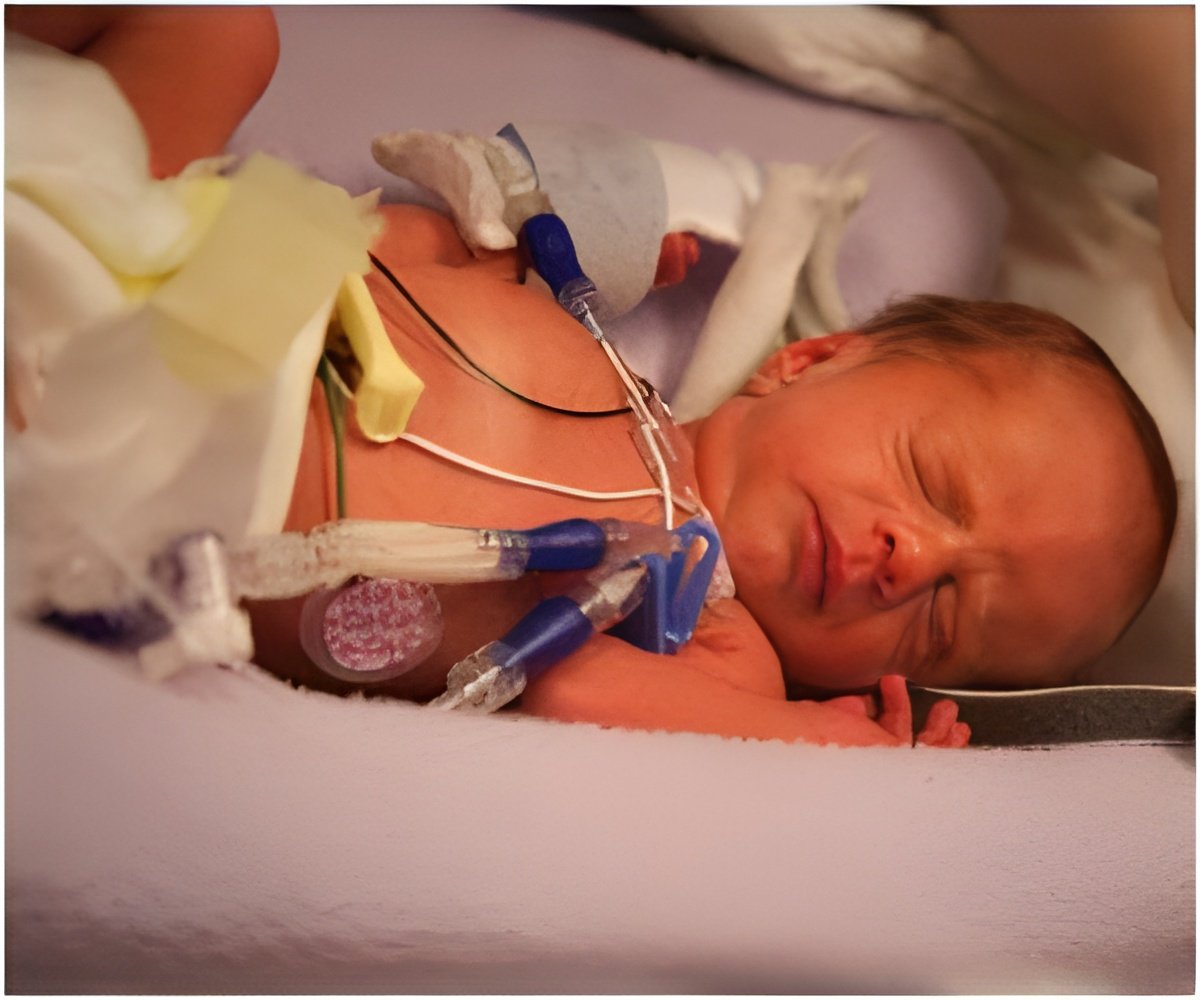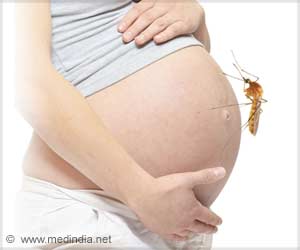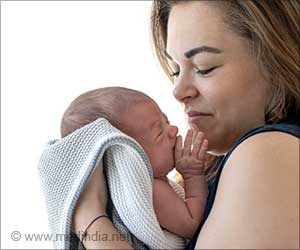
‘Safeguards used to protect against medical errors in the NICU setting are not sufficient to prevent misidentification and medical errors among multiple-birth infants. The risk of errors among multiples in the NICU can be reduced by using names and pseudonyms. ’
Read More..



Background Read More..
Each year, more than 135,000 twins, triplets, and higher-order multiples are born in the United States.
Many are delivered prematurely and require over a month of treatment in a neonatal intensive care unit (NICU).
Wrong-patient order errors--orders for medications, tests, and procedures that are inadvertently written for the wrong patient--are more common in NICUs than in general pediatric care units.
"The challenge for NICU staff is that newborns lack distinguishing physical characteristics," says lead author Jason Adelman MD, MS, assistant professor of medicine at Columbia University Vagelos College of Physicians and Surgeons and chief patient safety officer at NewYork-Presbyterian/Columbia University Irving Medical Center. "This is compounded by the use of medical equipment that can obscure infants' physical features and the convention of identifying babies in the NICU with similar temporary names, such as Babyboy or Babygirl."
Advertisement
Based on that study, The Joint Commission, which accredits healthcare organizations, now requires hospitals to adopt the new more distinct naming convention, along with other measures to minimize wrong-patient errors among newborns. "However, we suspected that the new naming convention may not protect multiples because siblings have the same last name and near-identical first names--for example, Wendysboy1 and Wendysboy2--placing them at risk of being mistaken for each other," says Adelman.
Advertisement
To better understand the risk for multiples, the researchers analyzed more than 1.5 million electronic orders placed for 10,819 infants in six NICUs within two New York City hospital systems. Both systems were using the new naming convention.
The risk of making a wrong-patient order error was estimated using the Wrong-Patient Retract-and-Reorder (RAR) Measure, an algorithm devised by Adelman to identify near misses--orders incorrectly placed for one patient that are subsequently canceled and reordered for the intended patient. Although these near-miss errors are caught before causing harm, they occur frequently and follow the same pathway as errors that reach patients, making them a robust outcome for safety intervention studies.
What the Study Found
The risk of wrong-patient order errors was nearly doubled for multiples compared with singletons, the study found. Among multiples, errors between siblings--rather than unrelated infants--accounted for the excess risk. The risk grew with increasing number of siblings receiving care in the NICU: an error occurred in 1 in 7 sets of twins and in 1 of 3 sets of triplets and quadruplets.
The findings were consistent across study sites despite differences in patient populations and electronic health record systems.
"Our study suggests that the safeguards now commonly used to protect against medical errors in the NICU setting are not sufficient to prevent misidentification and medical errors among multiple-birth infants," Adelman says.
What's Next
Adelman's team is currently developing and testing a novel system for identifying newborns in the NICU.
"In the meantime, hospitals may be able to reduce the risk of errors among multiples in the NICU by using the newborns' given names when available or pseudonyms, and by switching from the temporary name to the given name as soon as it becomes available," says Adelman. "Clinicians may also consider encouraging parents--especially those expecting multiples--to select names or pseudonyms that can be used at birth."
Source-Eurekalert






